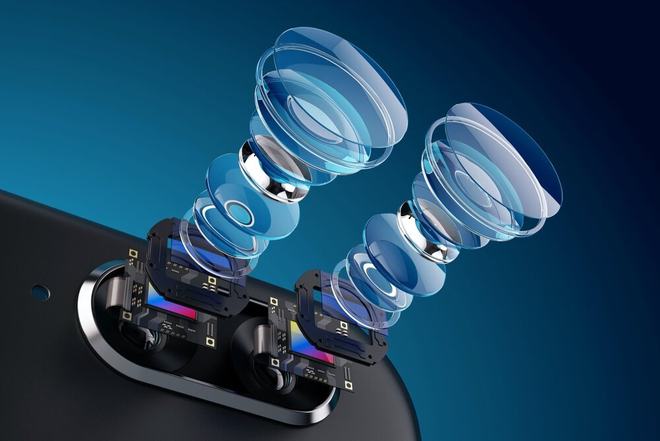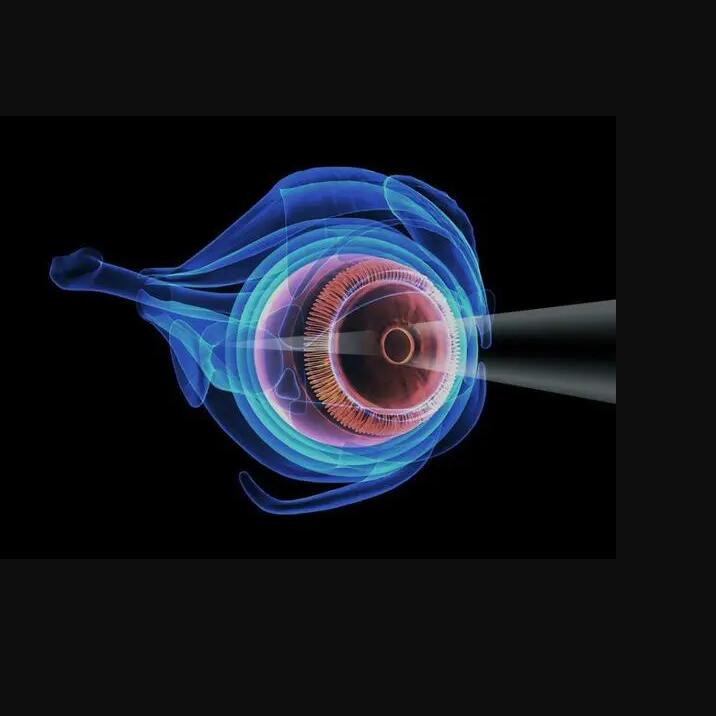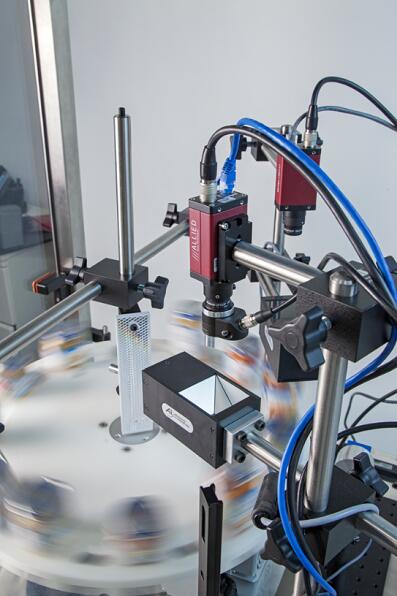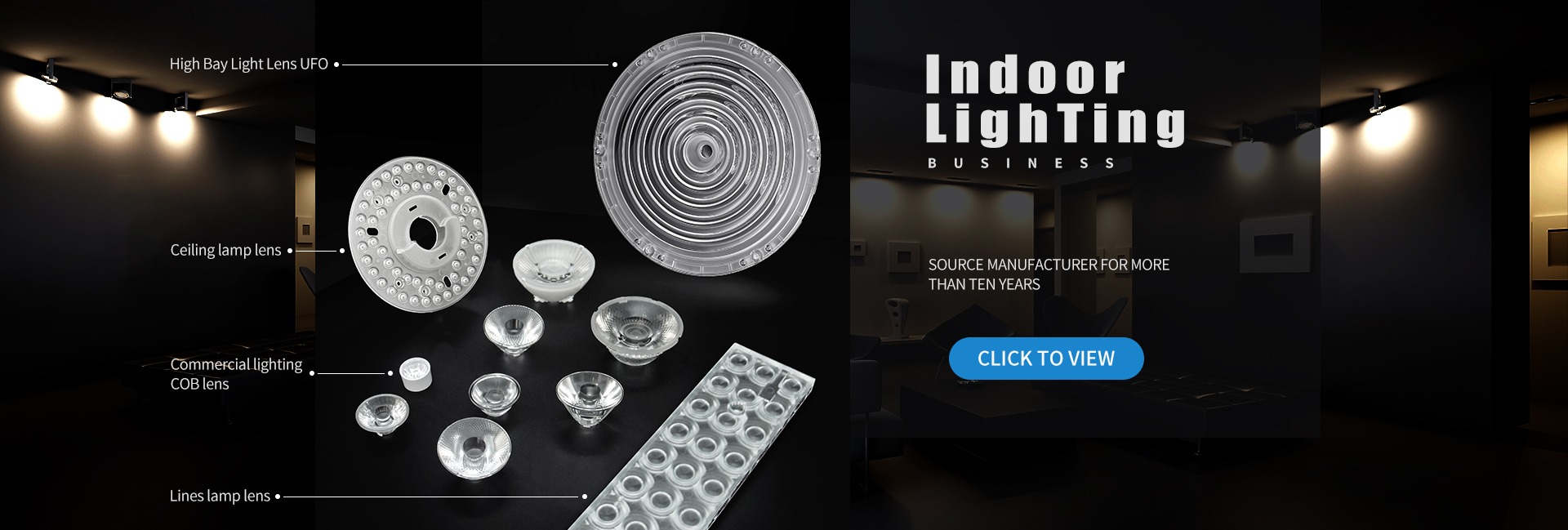
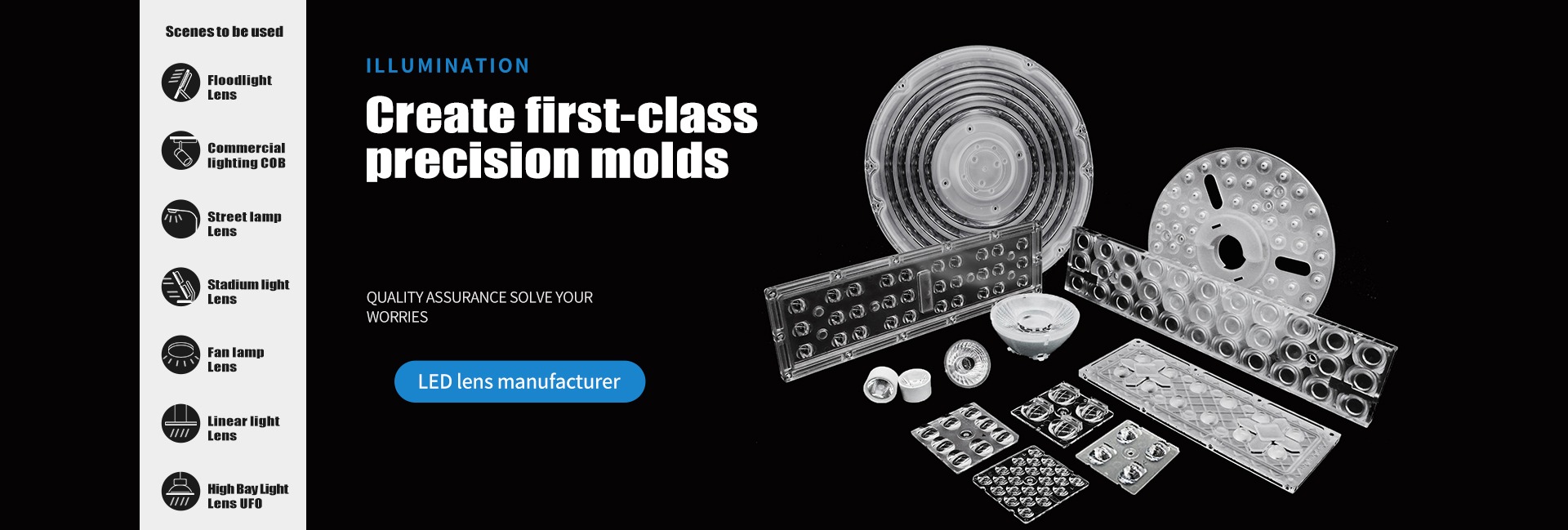
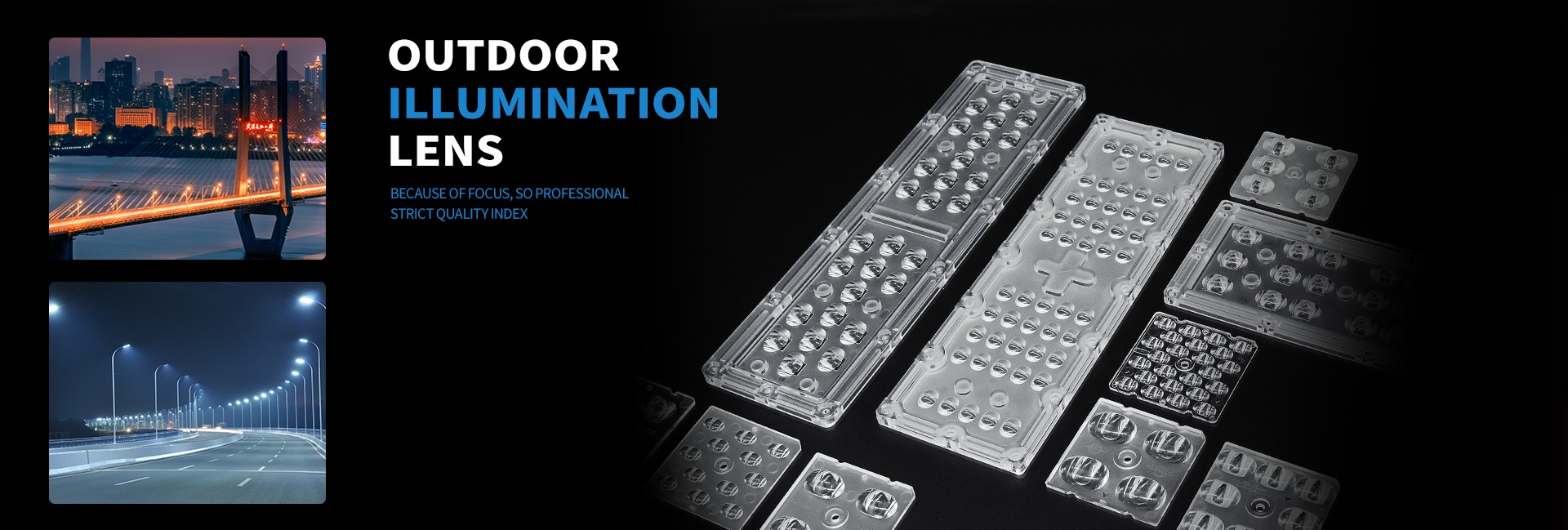
Liquid lenses quickly adjust focus to accommodate objects located at various working distances (WDs). Liquid lenses are small, mechanically or electrically controlled cells containing optical-grade liquid. When a current or voltage is applied to a liquid lens cell, the shape of the cell changes. This change occurs within milliseconds and causes the optical power, and therefore focal length and WD, to shift. Many manufacturers have designed liquid lenses that operate via slightly different processes: electrowetting, current-driven polymer, or sound piezoelectric. Liquid lenses are an ideal solution for imaging applications requiring rapid focusing, high throughput, and depth of field (DOF) and WD accommodation.
The principle of liquid lens :
It is often said that the eyeball is the most precise optical lens. Although this statement is not accurate from an optical perspective alone, it does not prevent scientists from creating new optical lenses by imitating the imaging principle of the eye.
The eyeball has a strong ability to adjust. It can adjust the curvature of the lens through the contraction and relaxation of the ciliary muscle to achieve adaptability to light and background targets. The working principle of the liquid lens is that when light passes through a water droplet, the device will be converted into a miniature camera lens. When the water droplet passes back and forth through the cylindrical hole, the picture will enter or leave the focus range depending on the distance of the lens from the object being photographed.
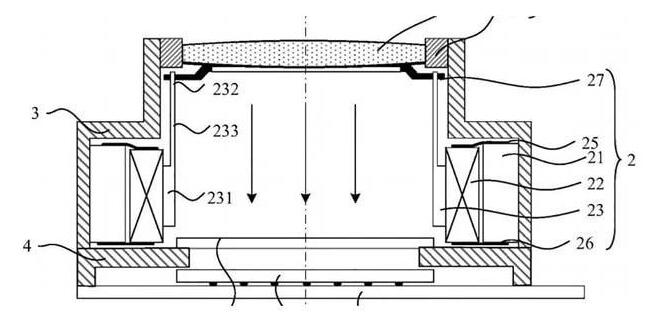
Classification of liquid lenses :
Gradient index lenses adjust the refractive index of the liquid crystal by changing the voltage applied to it, thereby achieving zoom. The advantage is that the control voltage is low and it is easy to implement arraying. Liquid-filled lenses use mechanical devices to apply pressure to the liquid in the cavity, thereby redistributing the liquid within the body cavity and changing the radius of curvature. An electrowetting effect lens is a liquid lens that controls the wetting properties of liquid on a solid surface by changing the applied voltage.
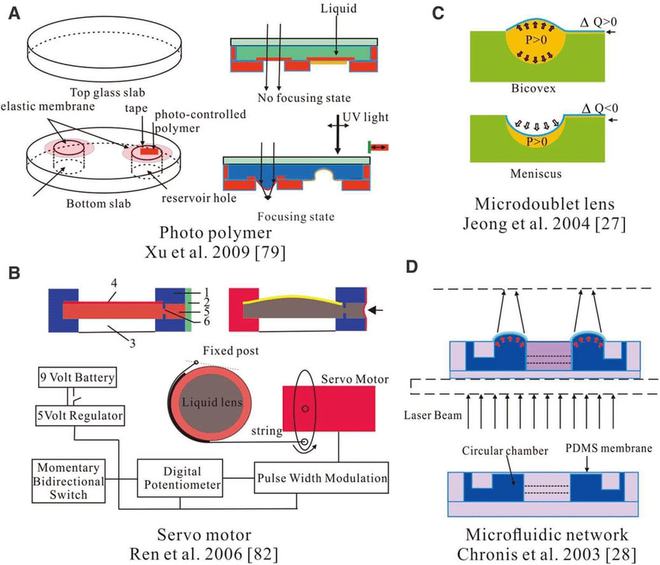
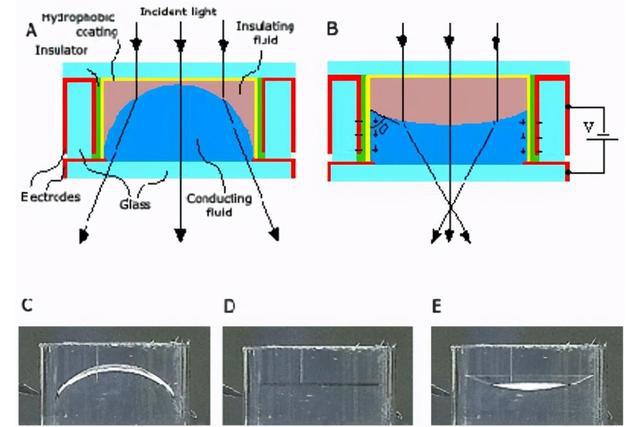
Advantages of Liquid Lenses :
Compared with traditional optical lenses, liquid lenses have the characteristics of lower power consumption, smaller size, no need for moving parts and motors, silent, faster focusing speed and wider range.
The adaptability, speed, and versatility of liquid lenses make them ideal for a variety of machine vision, life science, and measuring and inspection applications. Due to their traditional mechanical layout, standard machine vision lenses struggle to capture sharp and accurate images in high-speed or precise applications that require quick refocusing.
